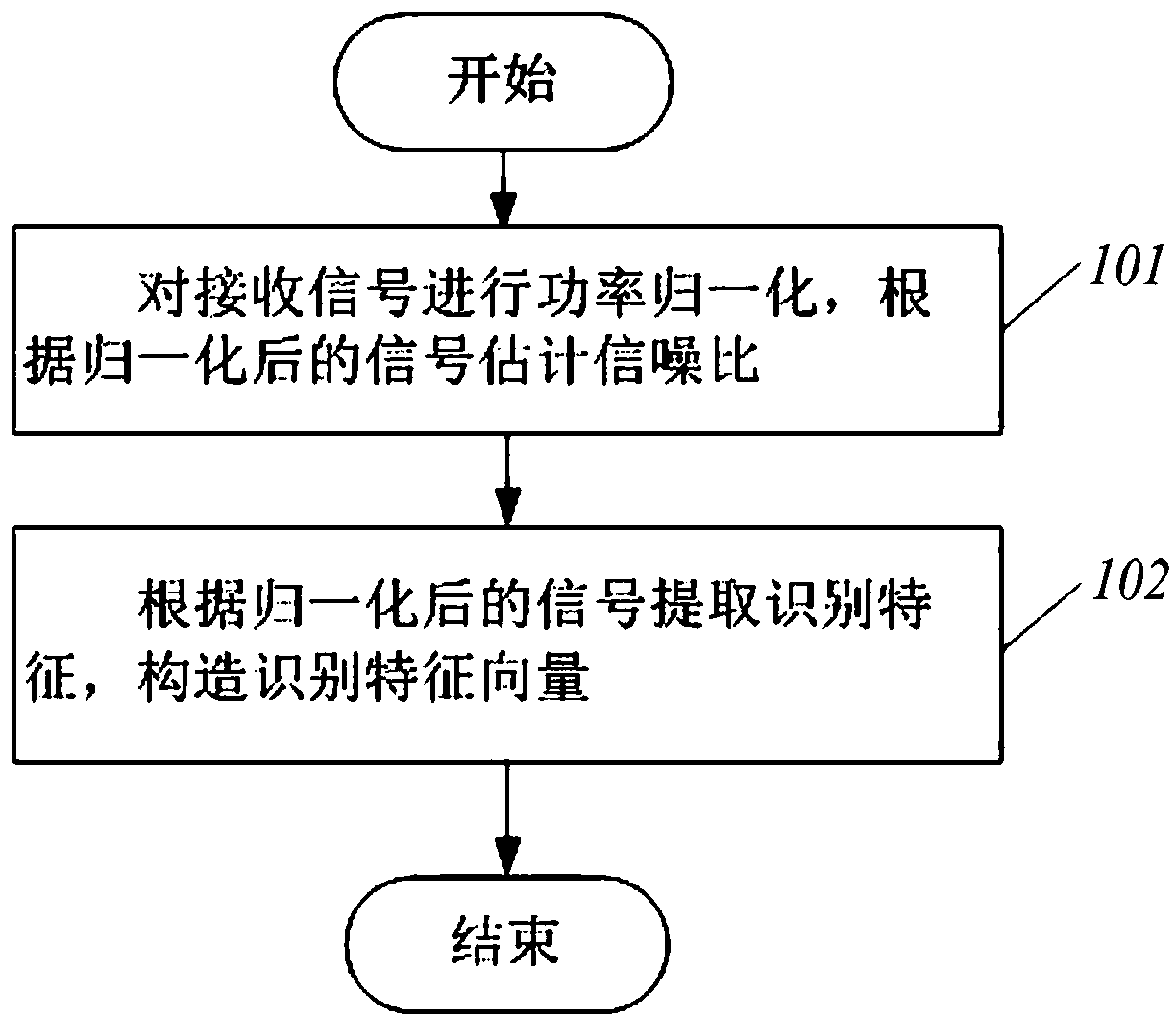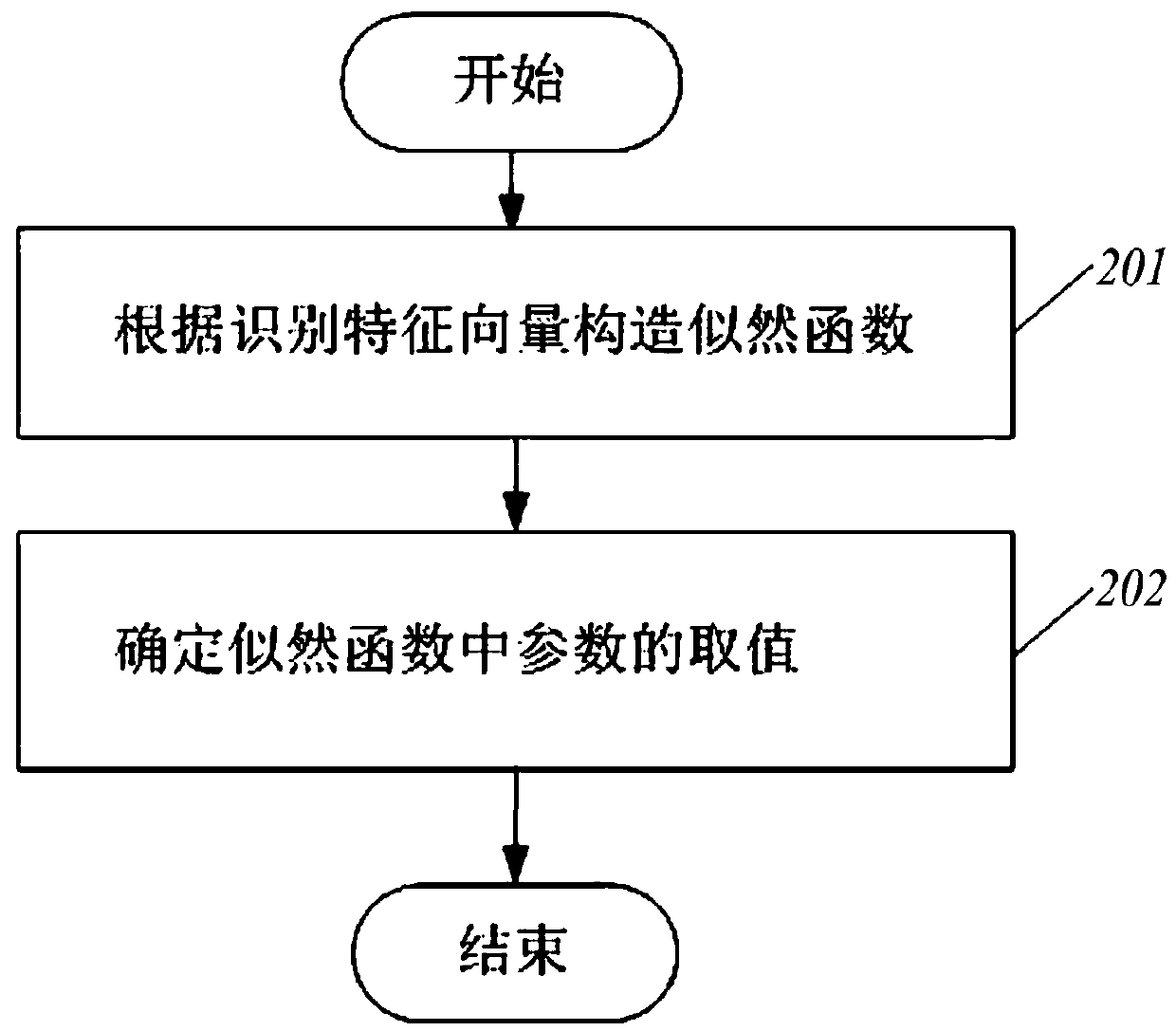Eigenvector-Based Maximum Likelihood Modulation Recognition Method in Multi-sensor Reception
A technology of eigenvector and modulation identification, applied in modulation type identification, modulation carrier system, transmission system, etc., can solve the problems of low reliability and low recognition accuracy, and achieve the effect of improving receiving gain
- Summary
- Abstract
- Description
- Claims
- Application Information
AI Technical Summary
Problems solved by technology
Method used
Image
Examples
Embodiment 1
[0030] Example 1: Combination Figure 1-Figure 4 The present invention addresses the problem of using feature vectors to construct likelihood functions for maximum likelihood modulation recognition in the case of multi-sensor non-cooperative reception. Taking the set of modulation types of signals to be identified {BPSK, QPSK, 8PSK} as an example, when the number of sensors is greater than 5, the number of symbols is greater than 300, and the signal-to-noise ratio is greater than 2dB, the recognition rate can reach 100%.
[0031] The flow of the maximum likelihood modulation recognition method based on feature vector in multi-sensor reception, such as figure 1 As shown, including the following steps:
[0032] Step 1: Each sensor sub-node estimates the signal-to-noise ratio, extracts the recognition feature, and constructs the recognition feature vector (F 1 ,F 2 ,...,F N ); Step 2: The master node constructs a likelihood function based on the recognition feature vector; Step 3: Th...
PUM
 Login to View More
Login to View More Abstract
Description
Claims
Application Information
 Login to View More
Login to View More - R&D
- Intellectual Property
- Life Sciences
- Materials
- Tech Scout
- Unparalleled Data Quality
- Higher Quality Content
- 60% Fewer Hallucinations
Browse by: Latest US Patents, China's latest patents, Technical Efficacy Thesaurus, Application Domain, Technology Topic, Popular Technical Reports.
© 2025 PatSnap. All rights reserved.Legal|Privacy policy|Modern Slavery Act Transparency Statement|Sitemap|About US| Contact US: help@patsnap.com



